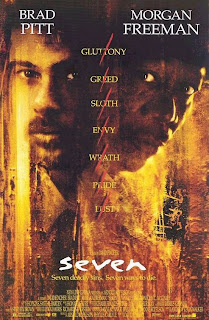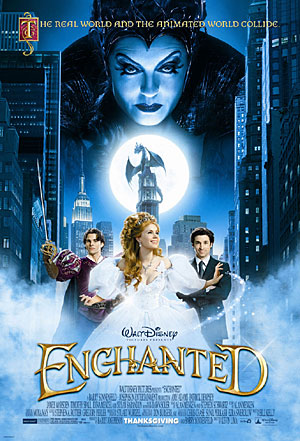Over the holidays our teacher set us a homework task of thinking of an idea for our thriller film. I decided to choose a idea that involved some kind of monster for example Predator, the next thing i thought about was narrative, The narrative i chose was a group of students choose to go into the forest after hearing about ghost sightings, they enter unaware and taking the situation as a joke then they hear things and encounter a creature and begin to run as they approach the exit, the monster jumps on them and eats them. after i though of the narrative i chose a location, which was Forty Hill, I researched times that the forest will be available for the public. Then i checked for a road near forty hill where the boys could come from at the start of the film. This is a good idea of a thriller film narrative because it involves all the common thriller film conventions also it has an equilibrium, boys going into forest taking things lightly joking around, then encounter monster, chased by monster then sadly killed by monster.
In school we got our ideas together and we was put into groups for filming, then we came up with a final idea this storyline. The final storyline was similar to mine in the way, the student were being follow and stalked the final piece was called Gone, In this production a girl is being stalked and she is very aware she has a stalker after she reads a note she found on her pillow when she was awakened during the night due to the window being open, The note read 'Ive been watching you, we will meet soon' then the following night Sofie, the main character played by Hande is on her way home from a party, she is alone and vulnerable, she feels as if she is being watched and keeps looking back, we see the stalker but when she looks back the stalker played by Lyden is Gone then as she turn around to continue on home the stalker appears in front of her and grabs her the film ends after we hear a scream.
We was told to put the title at the end of the opening scene to show the audience the Title and also to show this is the beginning of our thriller not the whole story, also to show this is a thriller with red colour and sharp, blood red font,we then sat down in our groups we then elected Tolu Barnes as Producer&Director, we then elected myself the role of Camera&Sound as we have the smallest group Hande Silay suggested she takes on the roles of Location&Lighting and also Make-up&Costume.
For my role i had to study and think about camera shots we would use in our production, I chose to use tracking, close ups, mid shots, two shots and other shots that showed to the audience the emotions the main character was going through.
Below is a copy of the questionnaire and the results.
Target Audience Appeal from Thriller Production Gone
- Circle, which gender are you? Male Female
- Which certificate do you prefer to watch in a thriller film?
12 15 18
- What interest you in watching a thriller film?
Advertisements, Word Of Mouth, Reviews Posters
4. What do you expect to see in a thriller film?
1. Murder/Death
1. Murder/Death
2. Weapons, Violence
3. Victims/Hero’s
4. Typical Conventions like Lighting, Sound
5. Would you like a fast paced Thriller or a Thriller you really need to pay attention too?
6. What part of Thriller films do you prefer?
Chase scenes, Introduction of Characters, Attacking scenes,
Events leading to demise of victim, Narrative, Vengeance Emotions & cinematography.
- What makes a thriller film in your opinion? Circle 3
Killing, soundtrack, cinematography, lighting, Narrative, props, iconography or Location
- What types of actors would you expect to see in a thriller film? E.g. Main character, Investigator
- What type of setting do you think reflects a thriller theme?
Outdoor Graveyard Creepy houseStreet other
Here are the results we got from the questionaire
If Unable To Read Please Click Image To Enlarge, From these results me and my group then had the base line for our thriller film, we chose to base the film at two locations house and the street to hit both locations we looked at in our questionnaire insted of just the one.
From these results we also had come to see that our target audience prefers, attacking scenes/chasing scenes, we also concluded that our audience will like our thriller film if it contained violence and a female victim also. Another thing we concluded was that our audience would like alot of different cinematography used in this opening sequence.











































